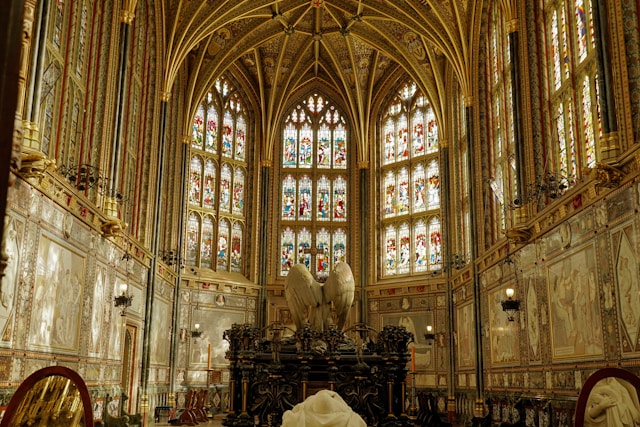Introduction
The Armenian Church holds a prominent place in the rich tapestry of Christianity, boasting a profound history, unparalleled heritage, and enduring significance. As one of the oldest Christian denominations, the Armenian Church has played a pivotal role in shaping the spiritual, cultural, and architectural landscape of Armenia and beyond. This comprehensive blog post aims to shed light on the multifaceted nature of the Armenian Church, exploring its historical origins, theological foundations, architectural marvels, and its enduring impact on Armenian society and the world at large.
Historical Origins
Apostolic Foundations
The Armenian Church traces its origins to the apostolic era, with Saint Thaddeus and Saint Bartholomew credited as its founding apostles. According to tradition, they preached the Gospel in Armenia during the first century AD, laying the foundation for the establishment of the Armenian Church in the years that followed.
Adoption of Christianity as State Religion
The Armenian Church reached a turning point in 301 AD when King Tiridates III officially adopted Christianity as the state religion of Armenia. This momentous decision marked a significant milestone in the history of Christianity, making Armenia the first nation to embrace the Christian faith.
Theological Foundations
Orthodoxy and Monophysitism
The Armenian Church adheres to the principles of Chalcedonian orthodoxy, which affirms the dual nature of Christ – both human and divine. However, it also maintains a belief in the Monophysite doctrine, which holds that Christ possesses only a single, divine nature. This theological distinction has played a role in shaping the Armenian Church’s relationship with other Christian denominations.
Unique Liturgical Practices
The Armenian Church has preserved unique liturgical practices that distinguish it from other Christian traditions. The Divine Liturgy, the central act of worship, is celebrated according to ancient rituals and traditions that have been passed down through generations. The use of Armenian as the liturgical language further adds to the distinctiveness of the Armenian Church’s worship.
Architectural Marvels
Etchmiadzin Cathedral
Etchmiadzin Cathedral, located in the city of Vagharshapat, is the spiritual heart of the Armenian Church. Built in the 4th century AD, it is one of the oldest Christian cathedrals in the world and a UNESCO World Heritage Site. The cathedral’s striking architecture and rich symbolism have made it an iconic landmark.
Other Architectural Wonders
Beyond Etchmiadzin, Armenia is home to numerous other architectural masterpieces built by the Armenian Church. These include the Khor Virap Monastery, the Tatev Monastery Complex, and the Geghard Monastery, each with its unique architectural features and historical significance.
Impact on Armenian Society and Culture
Preservation of Armenian Identity
Throughout history, the Armenian Church has played a crucial role in preserving Armenian identity and culture. During periods of foreign occupation and persecution, the Church provided a sanctuary for the Armenian people and helped to maintain their language, traditions, and faith.
Education and Scholarship
The Armenian Church has been instrumental in promoting education and scholarship in Armenia. It established numerous schools and seminaries that contributed to the intellectual and spiritual development of the Armenian people. The Church also played a key role in the development of Armenian literature, music, and art.
Conclusion
The Armenian Church stands as a testament to the enduring power of faith, tradition, and resilience. From its apostolic origins to its present-day presence, the Church has left an indelible mark on Armenian history, culture, and spirituality. Its unique theological foundations, architectural marvels, and societal impact have shaped the Armenian nation and continue to inspire Armenians worldwide. As the Armenian Church enters its third millennium, it remains a vibrant and integral part of Armenian life, carrying forward its rich legacy and contributing to the spiritual and cultural well-being of the Armenian people.


Leave a Reply